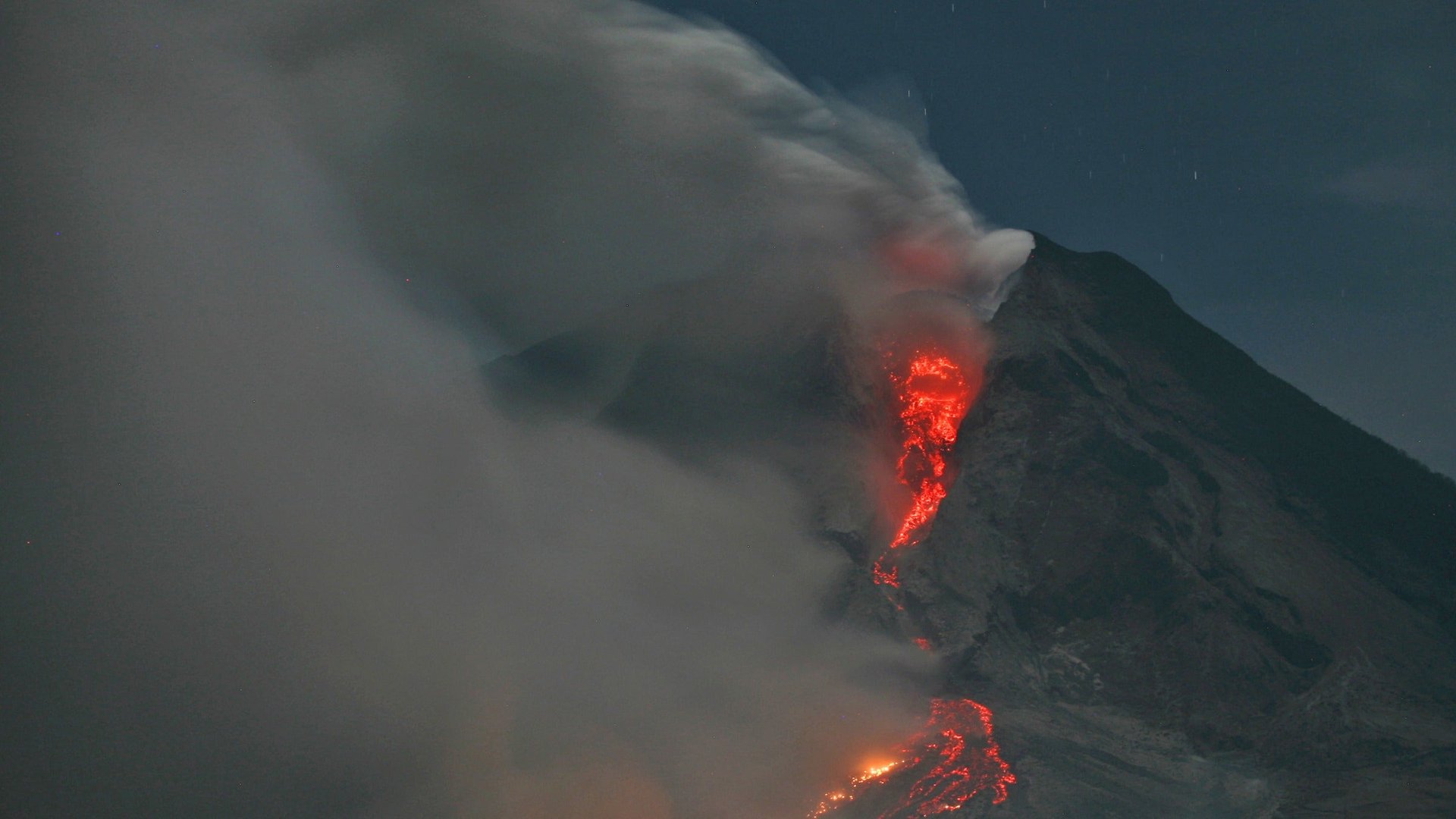Why volcanoes are the energy source of the future
In Iceland, scientists have just completed a successful experiment in harnessing energy directly from a volcano.


In Iceland, scientists have just completed a successful experiment in harnessing energy directly from a volcano.
But first, a little background: In early 2009, I wrote about an audacious project. Scientists in Iceland were going to attempt to drill into a reservoir of water so much hotter than anything tapped before that the water it contained was thought to exist in a fourth state of matter distinct from liquid, solid and steam. This super-heated water, which is in a state known as “supercritical,” that is beyond the point at which a substance can be either a liquid or a gas, exists only under conditions of extreme heat and pressure. Scientists can generate it in the lab, but no one knew if it existed in nature. Researchers believed that in Iceland’s water-logged subterranean depths, close to the fire-breathing hearts of its many volcanoes, they might find supercritical water.
It would be a world-changing discovery, because if you can get supercritical water to the earth’s surface and into a power plant, you can extract ten times as much energy from it as you can from typical steam or hot water. The government of Iceland, various engineering firms and foreign partners were so excited about the potential of supercritical water (also called supercritical steam, since in some ways it behaves like steam) that they envisioned pockmarking Iceland with advanced geothermal power plants with wells extending down into the country’s volcanoes like steel-clad straws, generating so much surplus energy that Iceland could lay power cables to Europe and help its friends on the Continent kick their fossil fuel habit.
But then disaster struck: In June of 2009 (pdf) scientists on what was known as the Iceland Deep Drilling Project struck magma—actual liquid rock—with their drill. That, I was told at the time, was the end of their quest to find a reservoir of supercritical water flowing in the bowels of a volcano. Hitting magma before the supercritical water meant no more drilling to a target depth of 4.5km (2.8 miles) below the earth’s surface—everyone assumed that the project was a failure.
Fast forward to the present day, and a surprising result has been just announced in the journal Geothermics: Rather than give up when their initial plan failed, the engineers decided to see whether the hole they drilled would form a reservoir of usable hot water on its own, as water from the surrounding, fractured rock flowed past the magma. Astonishingly, it worked. Two years later, the scientists were able to draw water from their well at 450°C (842°F), a world record.
While 450°C is not hot enough at atmospheric pressure to be supercritical, it still contains an enormous amount of usable energy. As a result, engineers estimated they could use the well to create a power plant capable of generating 36 megawatts of electricity. That’s 20 times less than what a typical coal-fired power plant can generate, but it’s often the case that a geothermal power plant will have more than one well. Plus, geothermal power doesn’t come with any fuel costs or appreciable carbon emissions.
So can the Icelandic Deep Drilling project ultimately be judged a success? While it didn’t achieve its stated and rather outlandish original goal, the engineers involved did manage a world first: tapping directly into a volcano and transforming the molten rock into a source of power. It’s been estimated that only a small fraction of Iceland’s geothermal resources have been tapped, and the potential to drill directly into volcanoes could mean that the country could become the renewable power plant for Europe, after all. Unlike wind and solar, geothermal power never switches off.